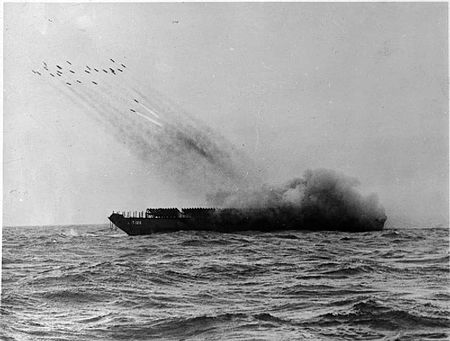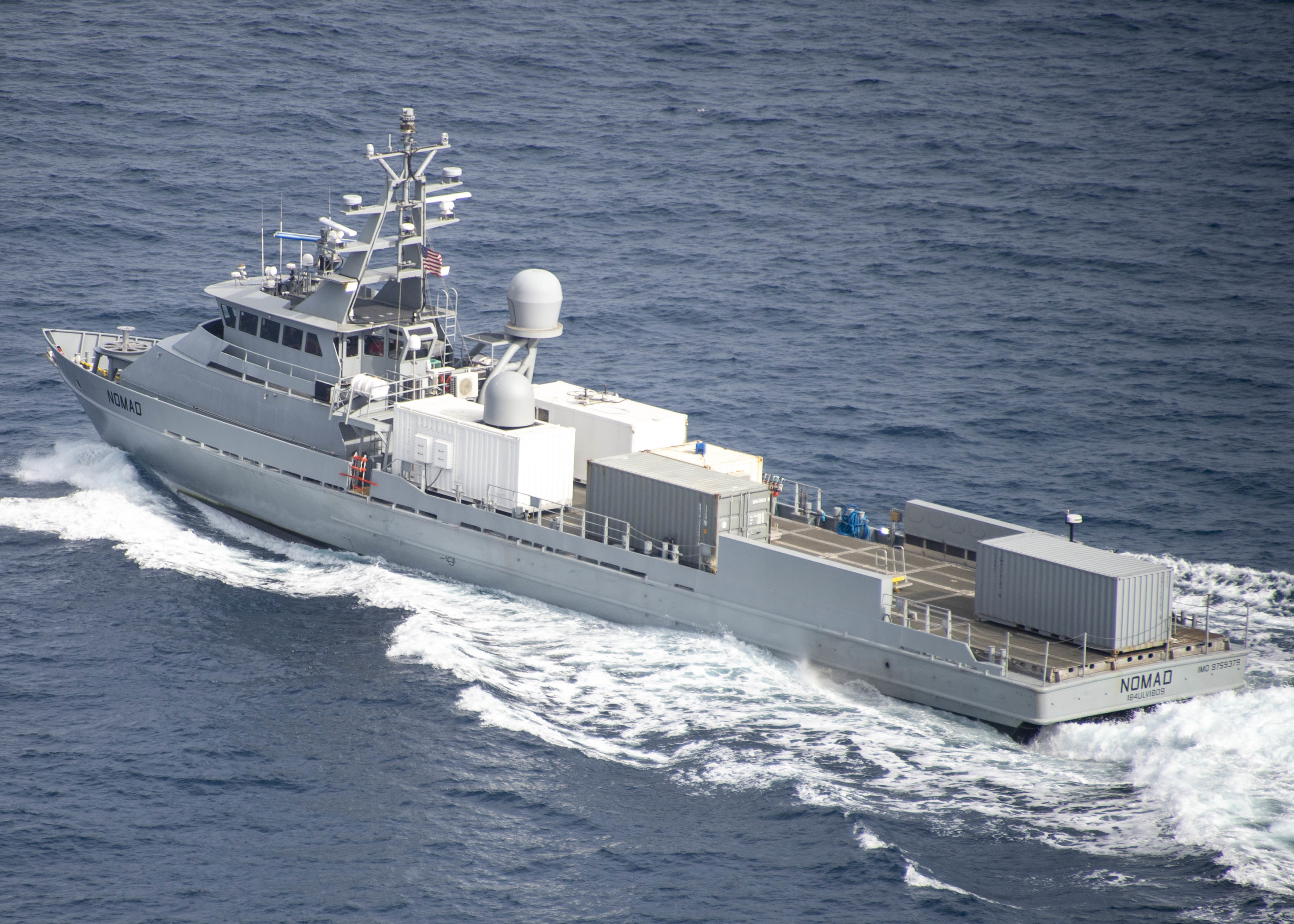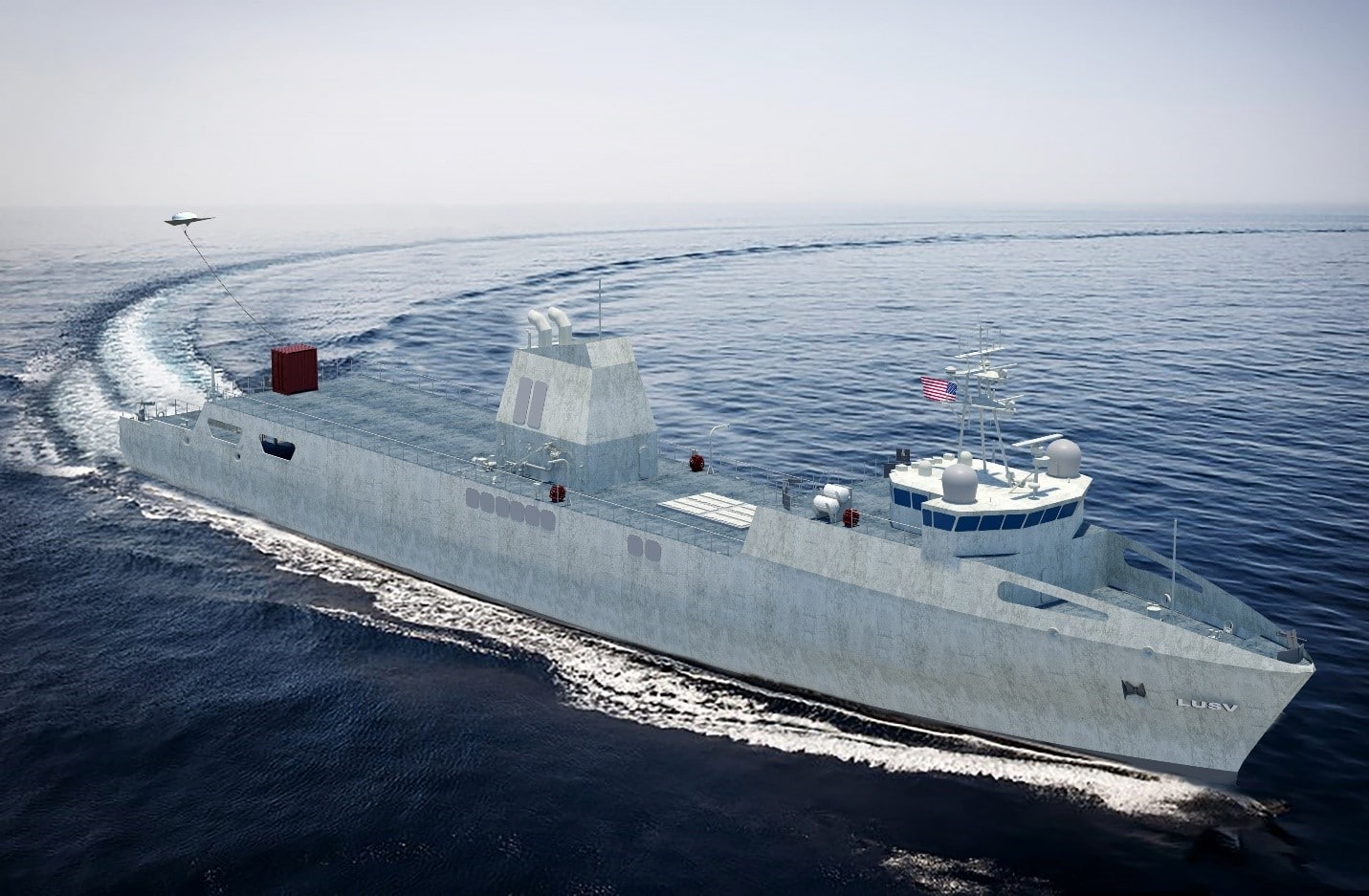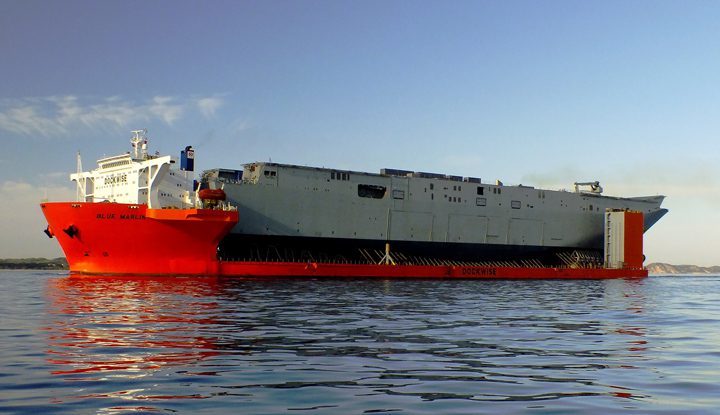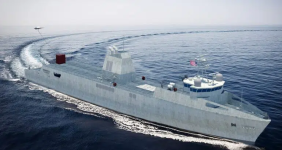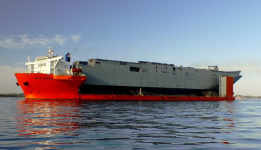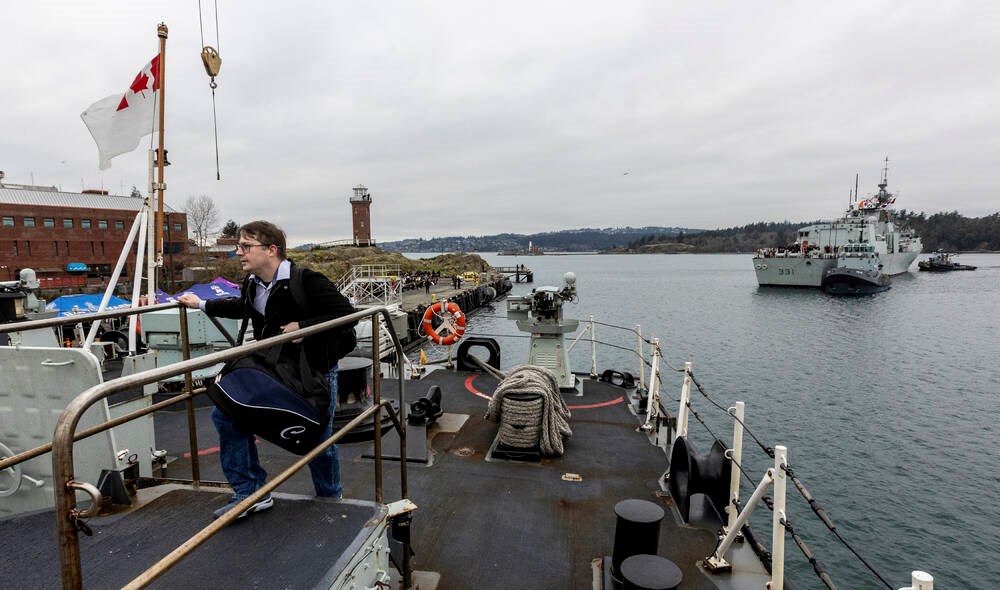By 2021, the Parliamentary Budget Officer estimated the cost for the program of 15 frigates as $77.3 billion, rising to $79.7 billion if there is a one-year delay in the start of construction and $82.1 billion if there is a two-year delay. The cost is roughly working out to be more than $5 billion per ship.
As a comparison, look at the U.S. navy’s new frigates being procured. In 2020, the navy awarded Fincantieri Marinette Marine a contract to build the navy’s new surface combatant, a guided missile frigate. The contract guarantees that Fincantieri will build the lead ship (the first ship designed for a class) and gives the navy options to build as many as nine additional ships.
The U.S. navy estimates that the 10 ships would cost $8.7 billion in 2020 dollars, an average of $870 million per ship, or about Canadian $1.2 billion per ship. For Canada, a similar state-of-the-art frigate will cost $5 billion, or five times more.
There are various reasons for this huge cost difference. First, for the Canadian frigate, the British Type 26 was selected, and this design is being modified to meet Canadian requirements, or Canadianized, to supposedly improve efficiency.
This obviously adds to cost. Then there is the limited production of Canadian shipyards, and periods when they are idle since Canadian naval shipbuilding needs are limited.
Hence, it is more expensive to build ships in Canadian yards. Shipyards get government financial assistance, yet provincial governments purchase their ferries from offshore yards because it is cheaper.
Perhaps the solution would be for the government to purchase the U.S. navy frigates from U.S. shipyards, and have the ongoing maintenance carried by the Canadian shipyards, at huge savings.
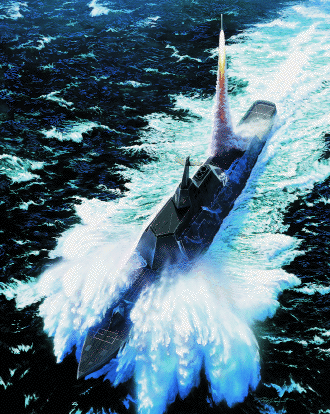
en.m.wikipedia.org

